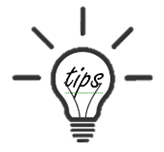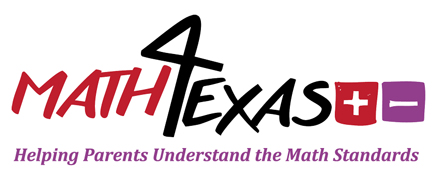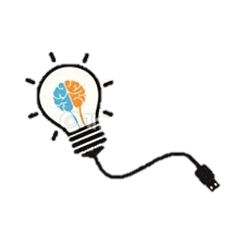T.I.P.S.
-
 The student must be
able to identify three-dimensional figures, including spheres, cones, cylinders, rectangular prisms, and triangular prisms. The students must be able to see that a cube is a special rectangular prism. Students must also be able to explain and
justify their mathematical ideas and arguments about these figures using
formal geometric language.
The student must be
able to identify three-dimensional figures, including spheres, cones, cylinders, rectangular prisms, and triangular prisms. The students must be able to see that a cube is a special rectangular prism. Students must also be able to explain and
justify their mathematical ideas and arguments about these figures using
formal geometric language.
Example
-
Read the statements below.a) Name these two figures and tell how they are alike and different.b) The tennis ball is a cube. Explain your thinking and your solution as why you think this is true or false.
Digital Tools
-
Click on the following links for interactive games.
Resources
-
Click on the following links for more information.
TEKS
-
1.6 Geometry and measurement. The student applies mathematical process standards to analyze attributes of two-dimensional shapes and three-dimensional solids to develop generalizations about their properties. The student is expected to:
(E) identify three-dimensional solids, including spheres, cones, cylinders, rectangular prisms (including cubes), and triangular prisms, and describe their attributes using formal geometric language





 Click
Click 

